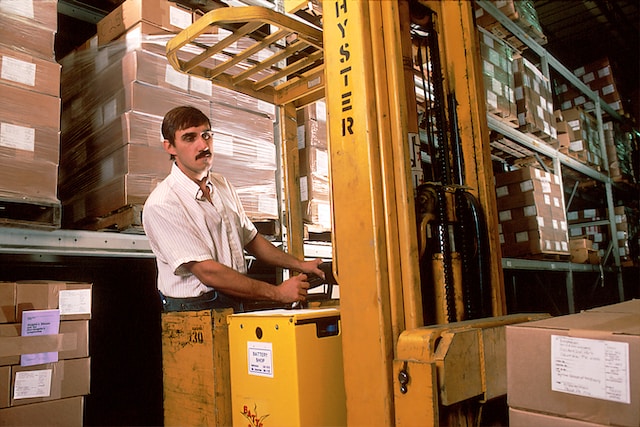Whether your warehouse is large or small, the right equipment can help you accomplish your fulfillment goals. This is especially true for warehouses that have multiple processes running simultaneously.
The right equipment can save time, money and effort by minimizing product damage. It can also increase worker safety and improve operations.
Contents
Space Saving
Space-saving solutions can help businesses save on space and reduce costs. They can also improve employee productivity and safety.
One way to make space saving happen is to improve inventory management. It’s important to ensure that stock is not spread out across the warehouse and that workers can quickly access the necessary products.
Another way to save on warehouse space is to remove dead inventory — items that are damaged, obsolete or not selling well. This can free up valuable space for an active list, greatly boosting efficiency and productivity.
Another way to improve warehouse space is to reorganize the racks and shelving in your facility. Reducing the size of your aisles can create a substantial amount of new space without requiring a significant renovation.
Ergonomics
Warehouses have an especially high rate of workplace injuries, known as some of the most dangerous places to work. However, there are ways to reduce these risks and improve worker safety and health.
Ergonomics is a science that studies how people do their jobs in the workplace and how to make them more efficient. It can also help avoid soft tissue injuries and musculoskeletal disorders (MSDs) by designing tasks, work spaces, controls, displays, tools, lighting and equipment to fit employees’ bodies.
Ergonomics can increase productivity in warehouses and other industrial environments. Specifically, ergonomics helps prevent fatigue, which can lower workers’ quality of work and affect their overall job performance. It also allows workers to complete their work more efficiently, which helps alleviate the pressure of working under time restraints.
Safety
Safety is a major concern for any Pennsylvania equipment storage space. Fatal accidents are more common in warehouses than in other industries, and many of them can be prevented by creating a safe work environment.
A successful safety program requires cooperation between management and employees. This is called behavior-based safety.
One way to ensure workers adhere to your safety standards is to have them sign a general statement of commitment to the program. This will encourage them to follow safety procedures and treat warehouse equipment with respect.
The next step is to create a list of specific safety guidelines. These should be outlined in your company’s manual.
According to OSHA’s guide, a common warehouse hazard is improperly stored materials falling on workers. Keep stacked materials low and remove items one at a time to avoid this. In addition, use mechanical lifting equipment to handle large objects whenever possible. Moreover, train your employees to take regular breaks and employ correct lifting techniques.
Efficiency
Efficiencies in industrial warehouses are vital to the overall success of an operation. They can save time and money by optimizing space, reducing energy costs and using materials and equipment best.
The efficiency of your warehouse can be measured in a simple ratio based on inputs and outputs. Inputs are resources such as people, equipment, money, information, and methods. The results are products or services that meet customer demands.
One of the most effective ways to boost the efficiency of your warehouse is to improve its storage capacity. This can be achieved by installing mezzanines, pallet flow racks, and other solutions that increase your facility’s storage depth.
Another important step for improving the efficiency of your warehouse is to label goods properly. This process ensures that items are easily identified and tracked, minimizing the risk of misplaced or damaged goods.





